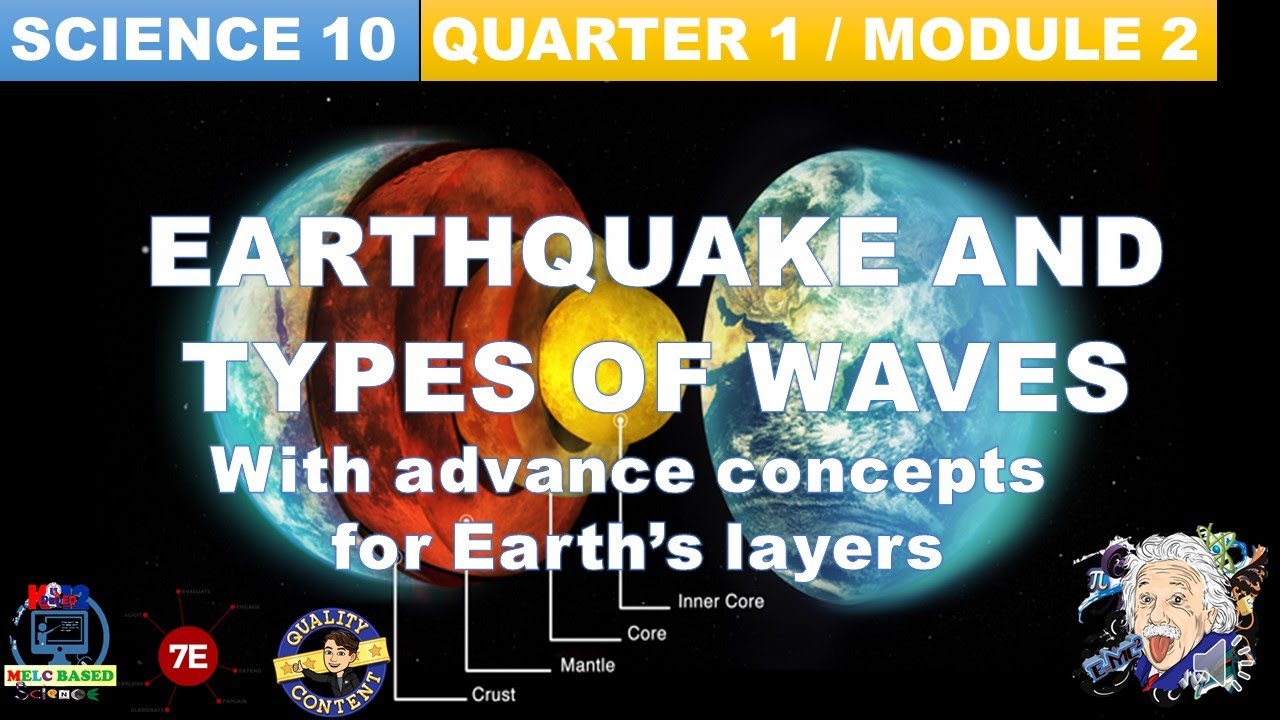Magnetic Striping and Seafloor Spreading
Summary
TLDRThis script delves into the mysteries of Earth's deep oceans, revealing how the discovery of magnetic stripes on the ocean floor revolutionized our understanding of the planet's history. It explains how the Earth's magnetic field's fluctuations are preserved in the oceanic crust, creating a pattern of stripes that evidence the theory of plate tectonics. The narrative highlights the scientific journey from early compass use to the groundbreaking concept that the continents move, shaping our modern comprehension of geological phenomena.
Takeaways
- 🌌 The deep oceans of Earth are mysterious and less known than outer space, with most knowledge gained in the last 60 years due to technological advancements.
- 🧭 The concept of a compass is based on the Earth's magnetic field, which can be influenced by other forces, such as magnetized rocks on the seabed.
- 🛰️ World War II technology, specifically magnetometers, was repurposed after the war to identify magnetic disturbances, leading to the discovery of magnetic anomalies in the oceanic crust.
- 🧲 Scientists expected random magnetic anomalies in the oceanic crust but instead found symmetrical stripes of alternating positive and negative anomalies.
- 🌐 The Earth's magnetic field is dynamic, with poles drifting and flipping over time, which is recorded in the formation of new oceanic crust.
- 🔄 The pattern of magnetic stripes is explained by the movement of the seafloor and the constant flipping of the Earth's magnetic field, creating a record of its history.
- 🌎 The discovery of magnetic stripes supports the theory of continental drift, which was later renamed plate tectonics, a fundamental concept in understanding Earth's geological processes.
- 🏔️ Plate tectonics explains the occurrence of geological phenomena such as volcanoes, earthquakes, and the shifting of continents over time.
- 🛠️ The data from magnetic stripes allowed for the correction of compass measurements, improving navigation accuracy.
- 🔍 The study of plate tectonics enables scientists to reconstruct ancient continents and oceans, providing insights into prehistoric ecosystems.
- 🎥 The video provides a comprehensive overview of the significance of magnetism in the ocean and its role in shaping our understanding of Earth's history and geology.
Q & A
What is the alien world described in the script?
-The alien world described is actually our own planet's deep oceans, characterized by darkness, bizarre creatures, and the absence of light except for that made by the creatures themselves.
Why do we know less about the deep oceans than outer space?
-The deep oceans are difficult to explore due to their immense depth, darkness, and pressure, which has limited human access and technological capabilities until the last 60 years.
What is the significance of the oceanic crust in the script's narrative?
-The oceanic crust is significant because it contains magnetic properties that have helped scientists understand the Earth's history and the concept of plate tectonics.
How did the discovery of magnetic anomalies in the oceanic crust change our understanding of Earth's history?
-The discovery of magnetic stripes in the oceanic crust provided evidence for the movement of the Earth's crust over time, leading to the theory of plate tectonics and the understanding of continental drift.
What was the role of the magnetometer in the discovery of magnetic anomalies?
-The magnetometer was used to measure magnetic anomalies in the oceanic crust, revealing patterns that were crucial in developing the theory of plate tectonics.
What caused the disturbances in the magnetic field that sailors from Iceland noticed?
-The disturbances were caused by magnetized rocks on the seabed around Iceland, which affected the compass readings and navigation.
How do the magnetic stripes in the oceanic crust form?
-The magnetic stripes form as the oceanic crust moves over time and the magnetic field flips, recording these changes in the orientation of the magnetic minerals in the crust.
What is the significance of the mid-Atlantic ridge in the formation of magnetic stripes?
-The mid-Atlantic ridge is where new oceanic crust is formed as molten rock erupts, cools, and solidifies, preserving the Earth's magnetic field orientation at that time, leading to the formation of symmetrical magnetic stripes on either side of the ridge.
How did the discovery of magnetic stripes contribute to the development of plate tectonics theory?
-The discovery of magnetic stripes provided empirical evidence for the movement and spreading of the oceanic crust, supporting the idea of continental drift and leading to the development of the plate tectonics theory.
What are some of the implications of the plate tectonics theory for understanding Earth's processes?
-Plate tectonics theory helps explain the occurrence of earthquakes, volcanic activity, the shifting of continents, and the development of the Earth's surface over geological time.
Outlines

Dieser Bereich ist nur für Premium-Benutzer verfügbar. Bitte führen Sie ein Upgrade durch, um auf diesen Abschnitt zuzugreifen.
Upgrade durchführenMindmap

Dieser Bereich ist nur für Premium-Benutzer verfügbar. Bitte führen Sie ein Upgrade durch, um auf diesen Abschnitt zuzugreifen.
Upgrade durchführenKeywords

Dieser Bereich ist nur für Premium-Benutzer verfügbar. Bitte führen Sie ein Upgrade durch, um auf diesen Abschnitt zuzugreifen.
Upgrade durchführenHighlights

Dieser Bereich ist nur für Premium-Benutzer verfügbar. Bitte führen Sie ein Upgrade durch, um auf diesen Abschnitt zuzugreifen.
Upgrade durchführenTranscripts

Dieser Bereich ist nur für Premium-Benutzer verfügbar. Bitte führen Sie ein Upgrade durch, um auf diesen Abschnitt zuzugreifen.
Upgrade durchführenWeitere ähnliche Videos ansehen

GRADE 10 SCIENCE QUARTER 1 WEEK 7 | SEAFLOOR SPREADING AND MAGNETIC STRIPPING

Magnetic Reversals and Sea Floor Spreading

Metallic Rocks In The Ocean Produce Oxygen Without Photosynthesis

A Origem do Planeta Terra - parte 2

DARI MANAKAH ASAL AIR DI BUMI ? TEORI AWAL MULA AIR DI BUMI

GRADE 10 SCIENCE QUARTER 1, MODULE 2 WEEK 2, EARTHQUAKE AND TYPES OF WAVES MELC BASED.
5.0 / 5 (0 votes)
